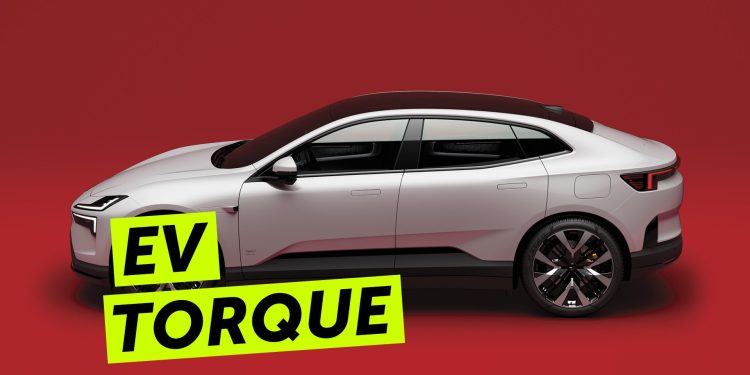EV Torque – Figures Matter
Words: NZ Autocar
The market for electric vehicles has been dealt a series of blows by the new Government. First there was the removal of the incentives and now it’s road user charges.
These charges are to be expected, everyone should pay to use the roads, and all EV owners should accept that.
What is contentious is the amount they have to pay. A reprieve has been won for owners of PHEVs, with a drastic lowering of the rate from the proposed $53 per 1000km, to $38.
Apparently that’s not quite what the Government wanted, but with the chief prime executive minister cracking the whip to get things done under urgency, a proposal from opposition parties to lower the fee was sent to the select committee, and then voted through unanimously.
The NZ First committee chair wanted another vote to rectify the whoopsie, but the request was denied. And so it’s an unintended win for the PHEV, with the lower rate set to be applied when the law is passed.
While the local Motor Industry Association (MIA) welcomes the announcement for PHEVs, it’s so not enamoured with BEVs still being slapped with the full $76, the same as a diesel powered vehicle up to 3500kg.
MIA CEO Aimee Wiley said; “whilst the MIA is pleased with the lower RUC rate for PHEVs, we are disappointed that a fairer rate has not been introduced for BEVs also, as the higher rate will likely discourage some buyers. BEV and PHEV uptake can play a critical role in achieving our climate targets; reducing the health impacts on New Zealand from air pollution; and contributing to a more productive economy built on domestic renewable energy which will ultimately bring down household energy costs.”
The naysayer at the BBQ will tell you EVs should pay more due to their weight, but utes under the 2000kg mark are few, while at best only comply with Euro5 emissions standards.
While EVs are heavy, inflicting more pain on the road than a like-sized ICE-powered machine, they aren’t adding to the local pollution problem.
The MIA had ‘recommended that the RUC rate for BEVs be benchmarked to the average contribution of equivalent petrol-engined vehicles and not the full RUC rate’.
“Based on average fuel consumption of new petrol hybrid vehicles sold in the last two years, MIA analysis showed that at the initial proposed RUC rate, a PHEV would pay 70 per cent more than an equivalent hybrid petrol vehicle, and a full battery electric vehicle (BEV) would pay 95 per cent more.”
Hence its disappointment at BEVs still being whacked the full amount.
The incoming RUCs might make some think harder about EV ownership. Bruce Fowler, local Polestar brand manager said at the recent showing of the new Polestar 4 it’s unlikely his customers will be deterred by the RUCs.
“There is a general acceptance that road user charges are overdue. What people haven’t been made aware of is that it’s an interim step until everyone is paying RUCs. We haven’t seen any customers put off by this. The reality is that even at the current rate, you’ll still be saving $1300-$1400 dollars a year on total running costs with one of our cars.”
One of the more interesting stats thrown at us about the Polestar 4 was its Life Cycle Assessment figure (LCA). It’s claimed the LCA for the new model of 19.4 tonnes of CO2e (standard range RWD model) gives it the lowest carbon footprint of all Polestar cars to date.
This particular LCA figure corresponds to the vehicle’s manufacturing process (so called cradle to gate), from the sourcing of materials through to the car rolling out of the factory. This has improved from the Polestar 2’s figure of 22.4 tonnes of CO2e.
According to Fredrika Klarén, Head of Sustainability at Polestar; “to support our net zero goal, we set carbon budgets for all our cars. Throughout the product development of Polestar 4, its carbon budget has influenced everything from material choices to factory energy sources.”
The figures rise for the models with bigger batteries and dual motors, up to 21.4 for the dual motor long range model.
So if this matters to you, think about whether you need the extras.
This story first appeared in the April 2024 issue of NZ Autocar magazine.





